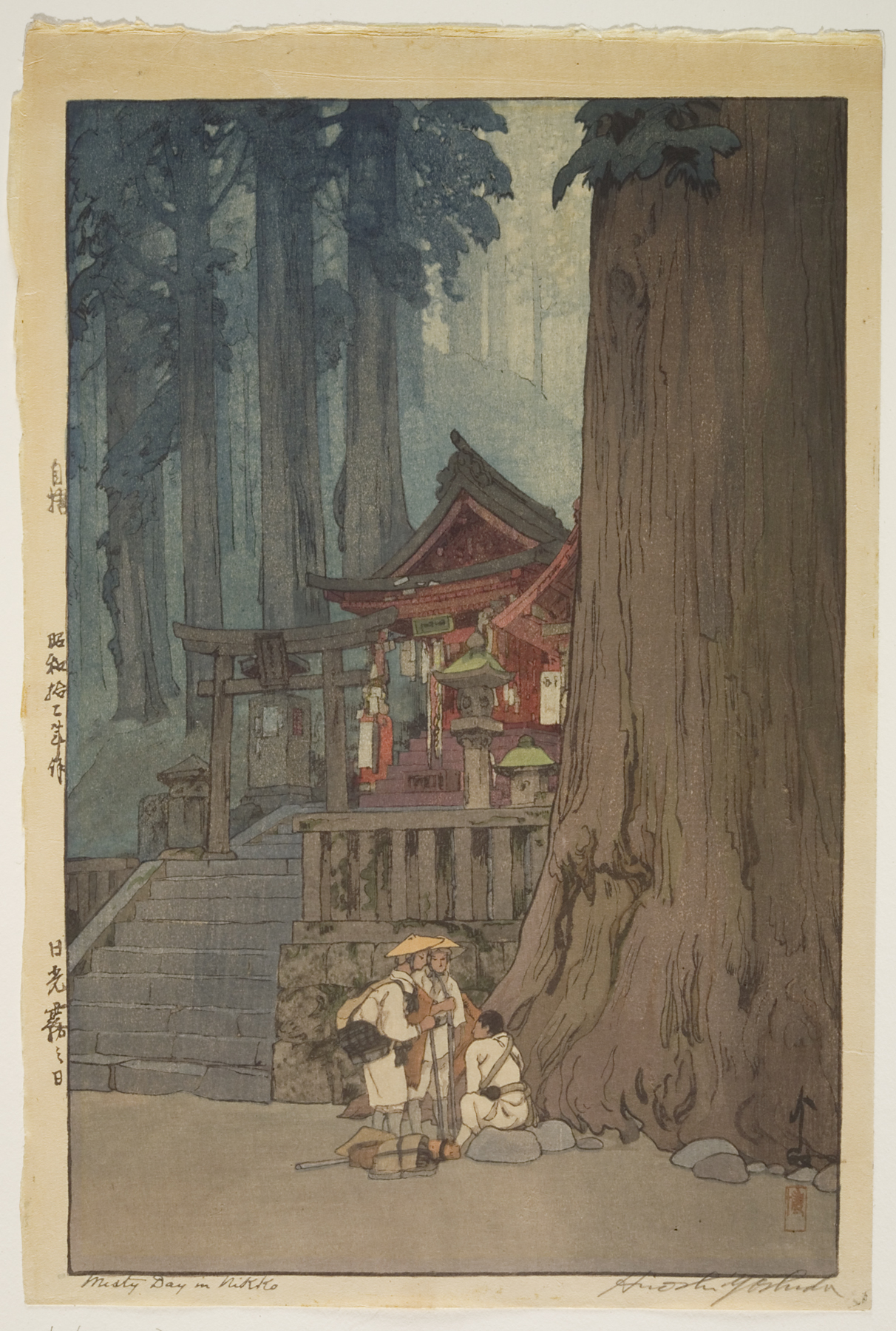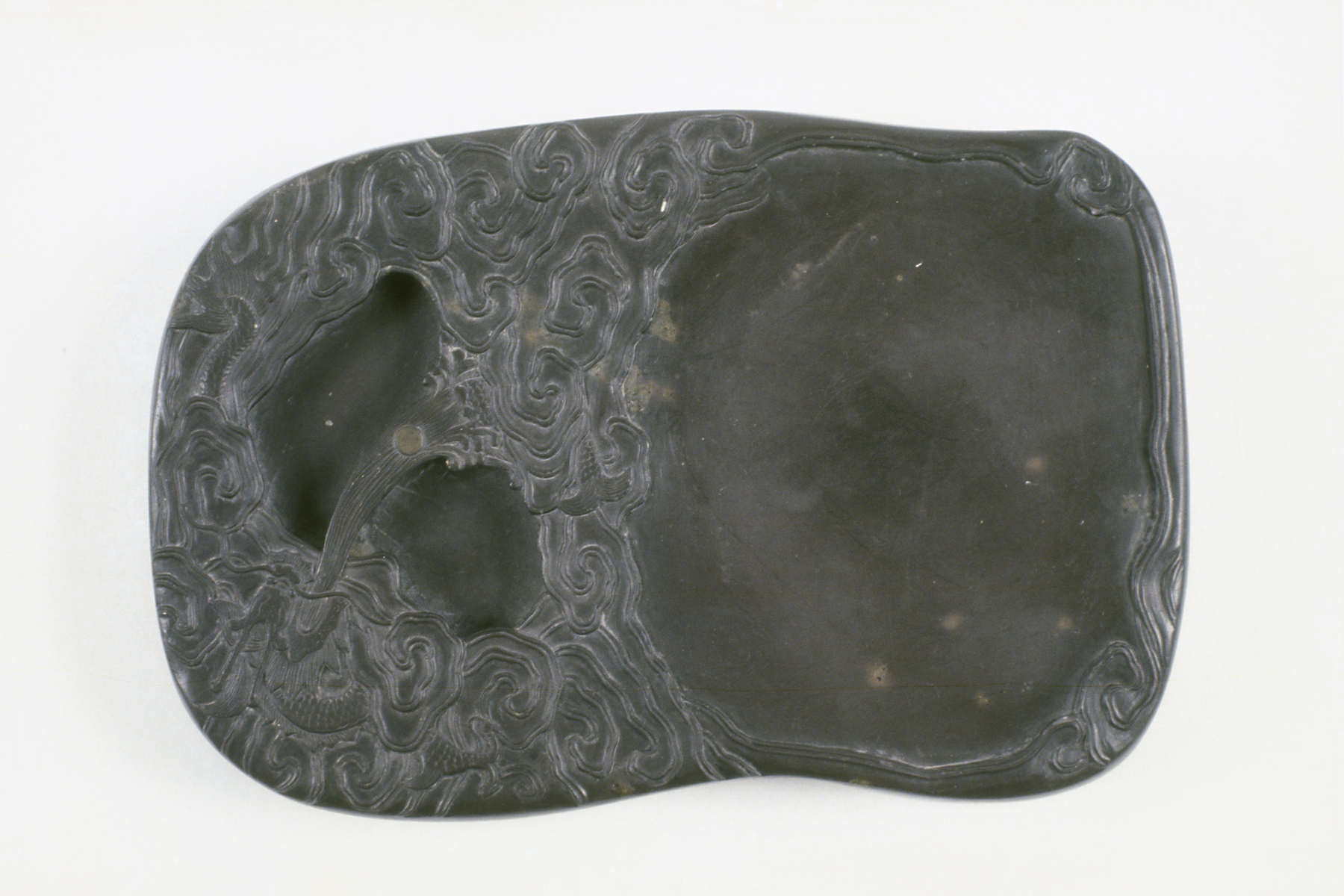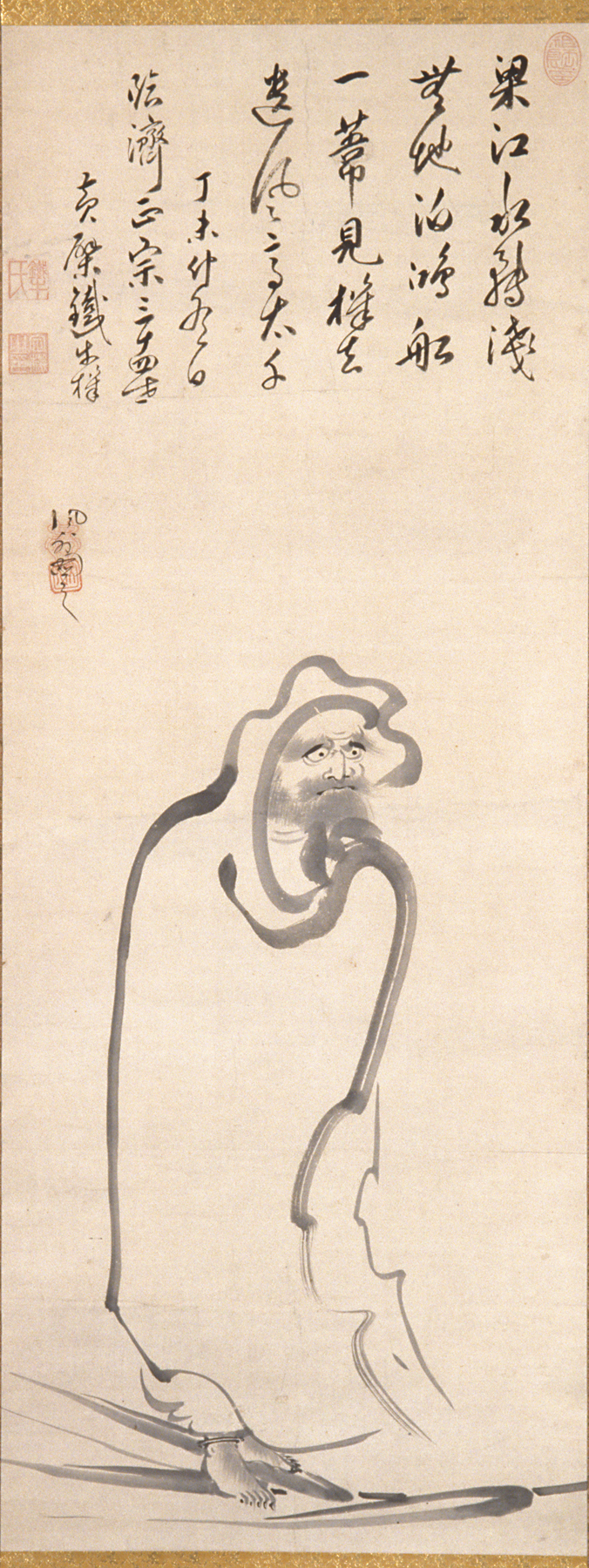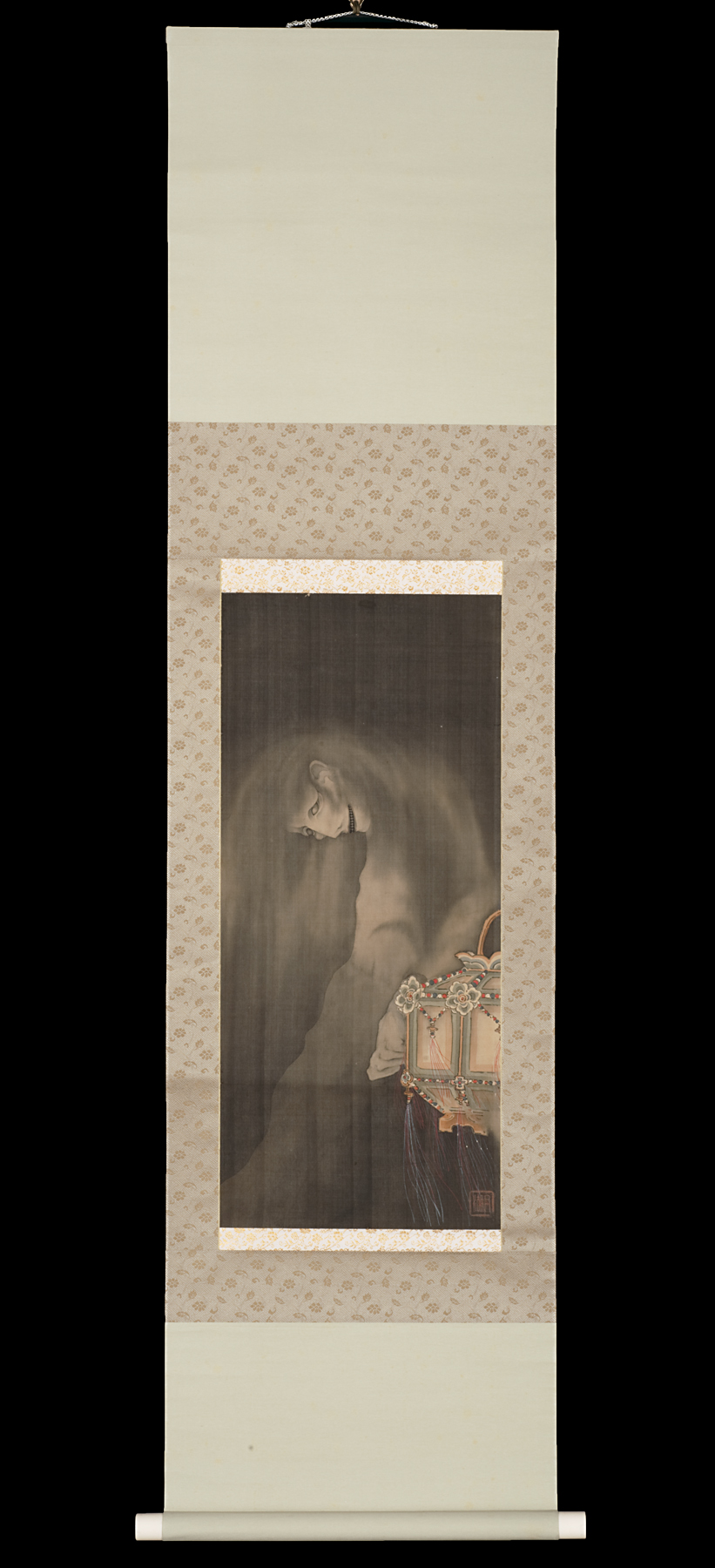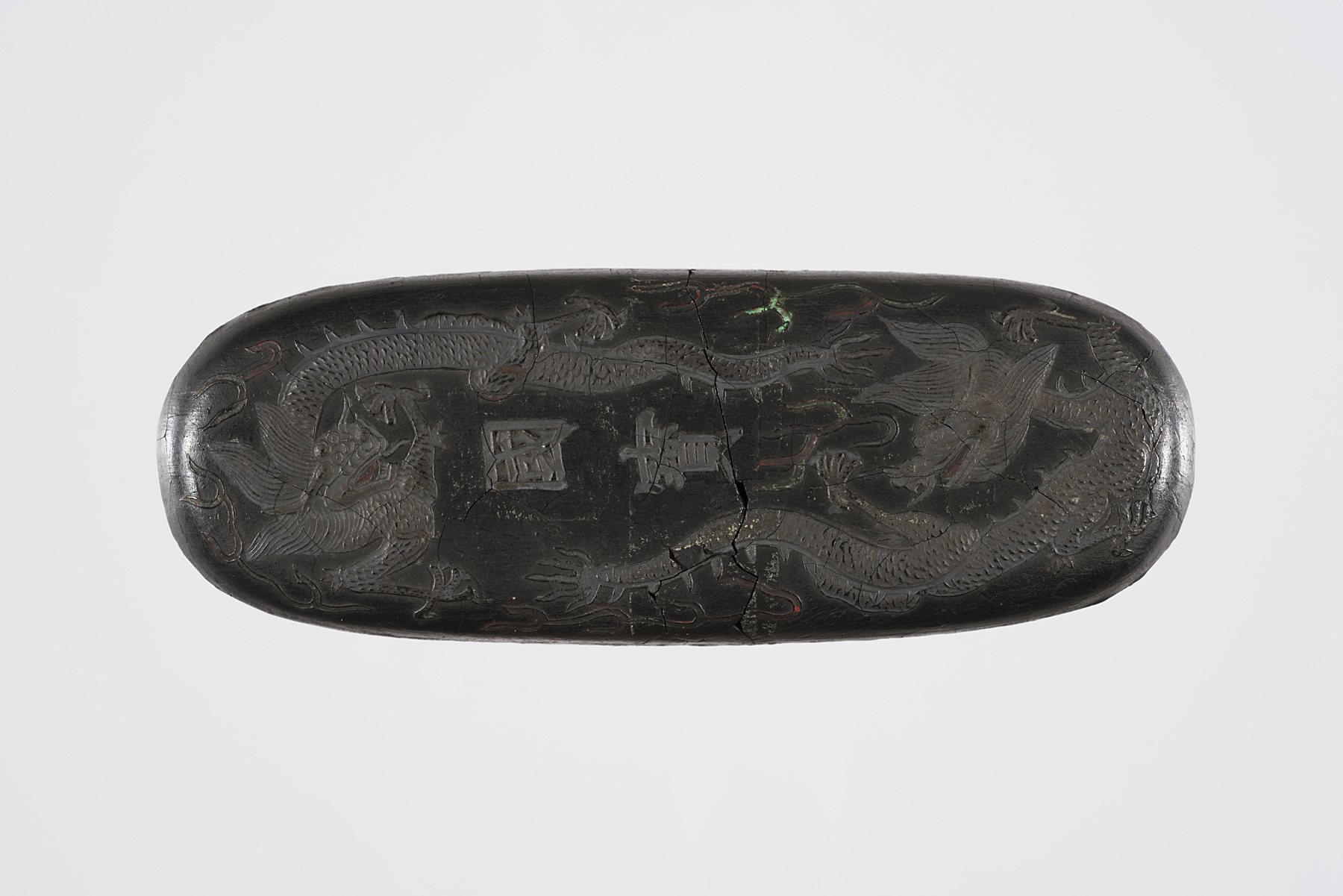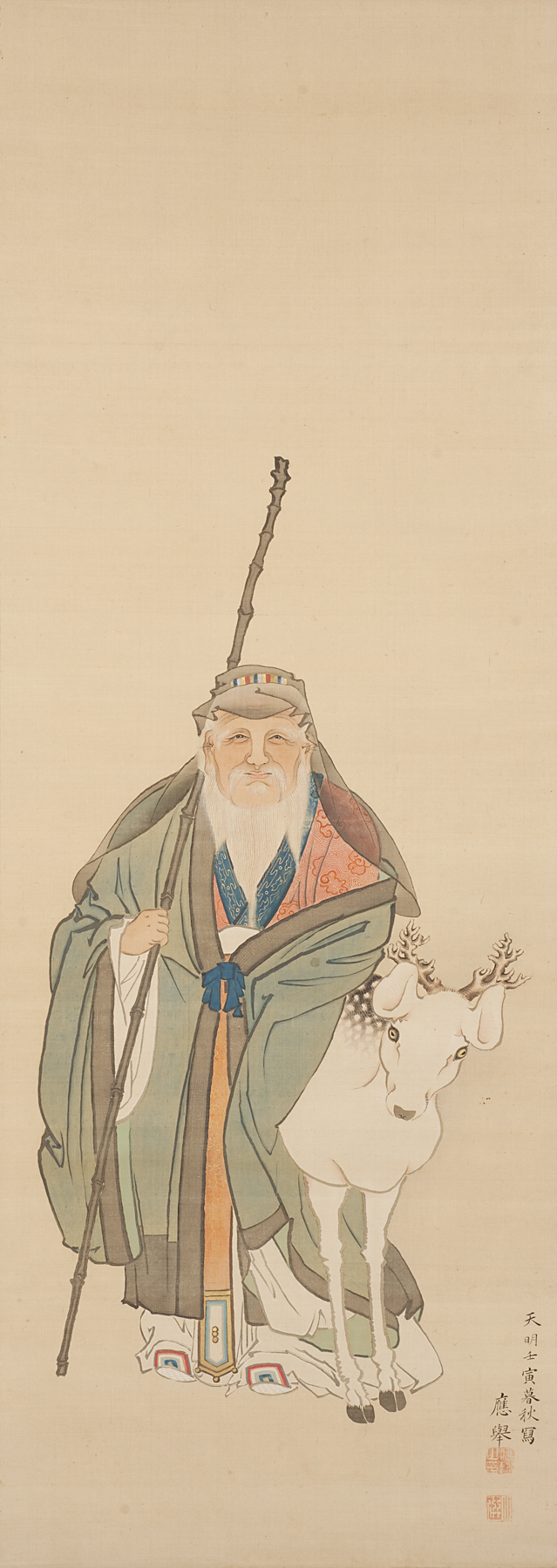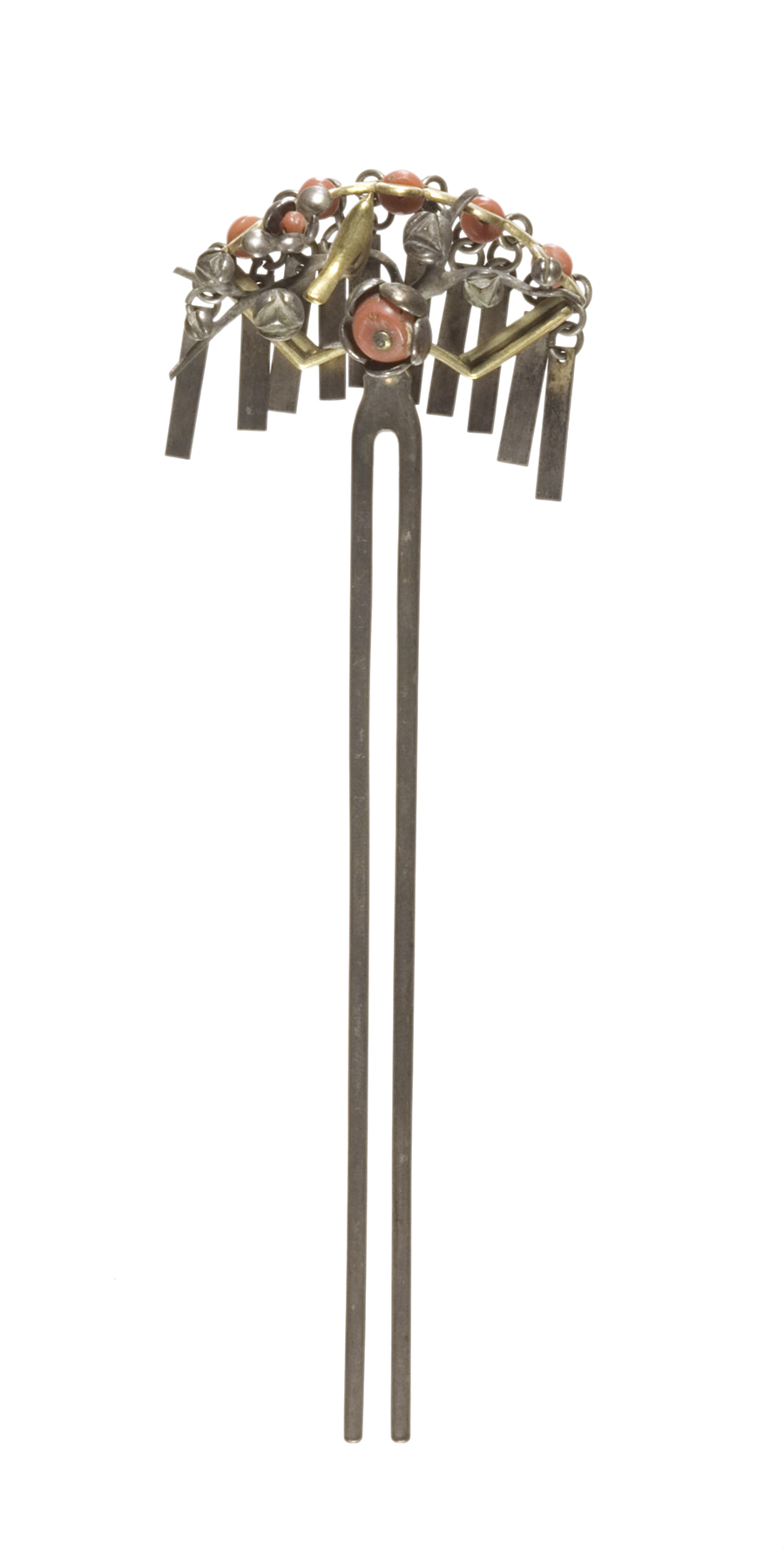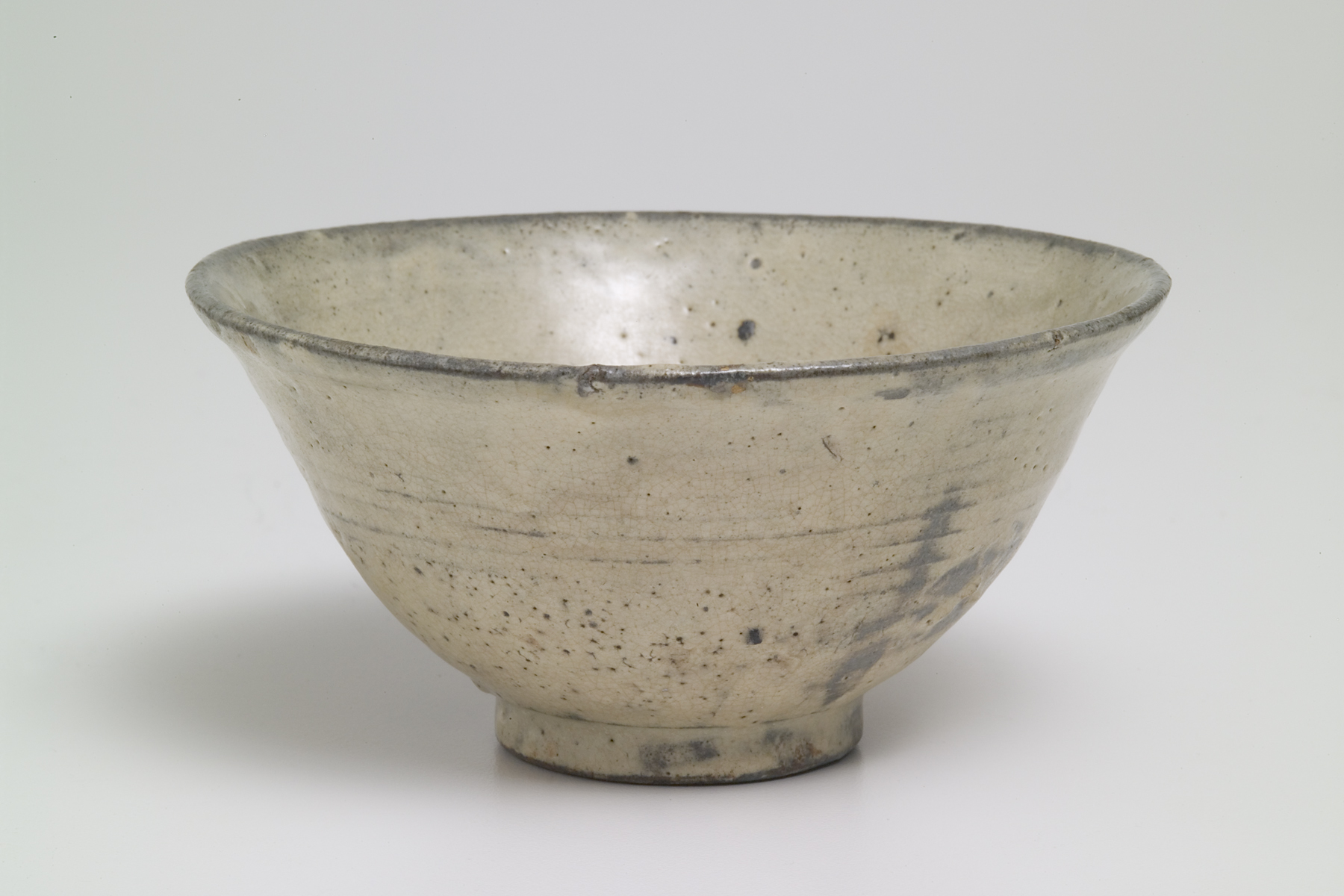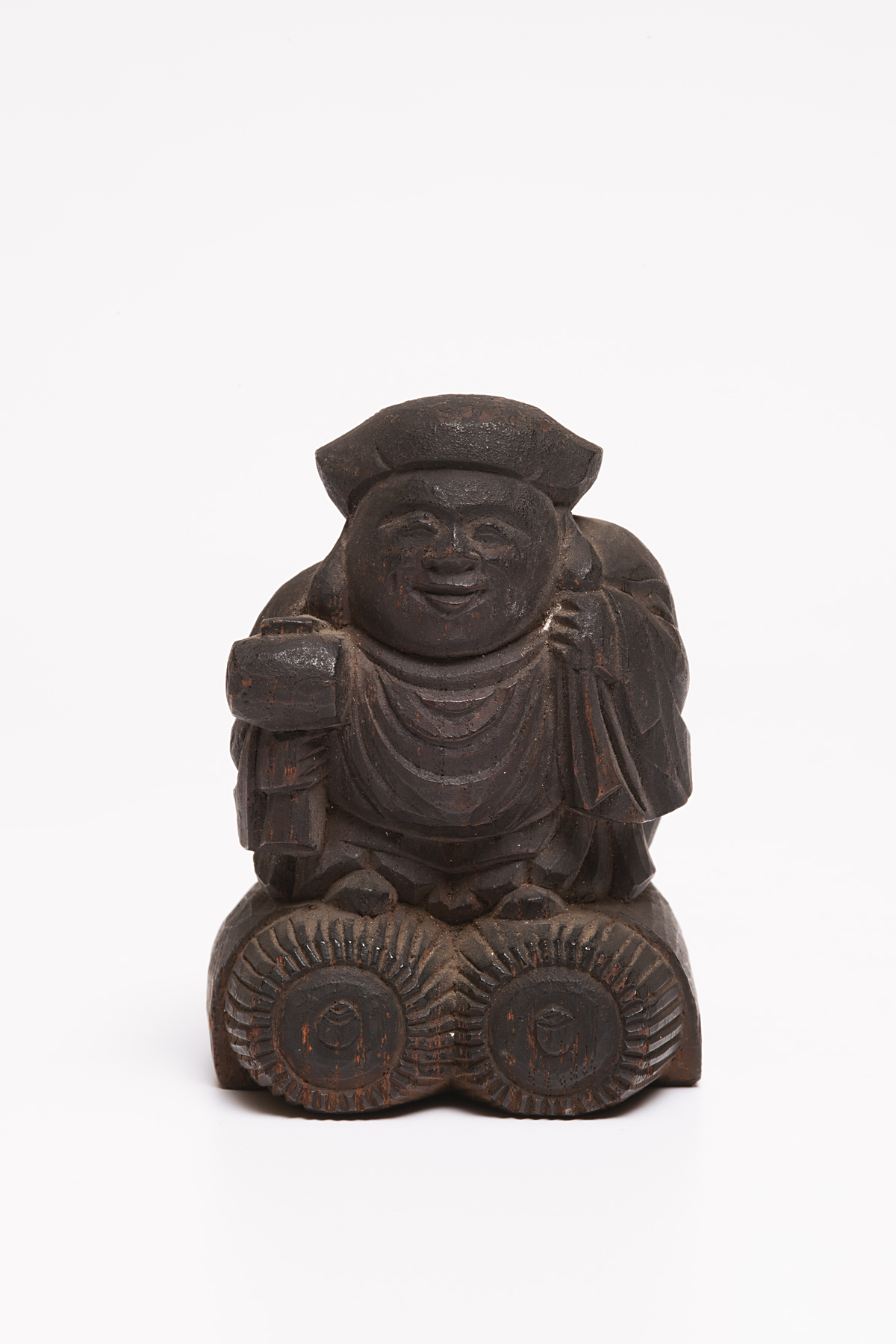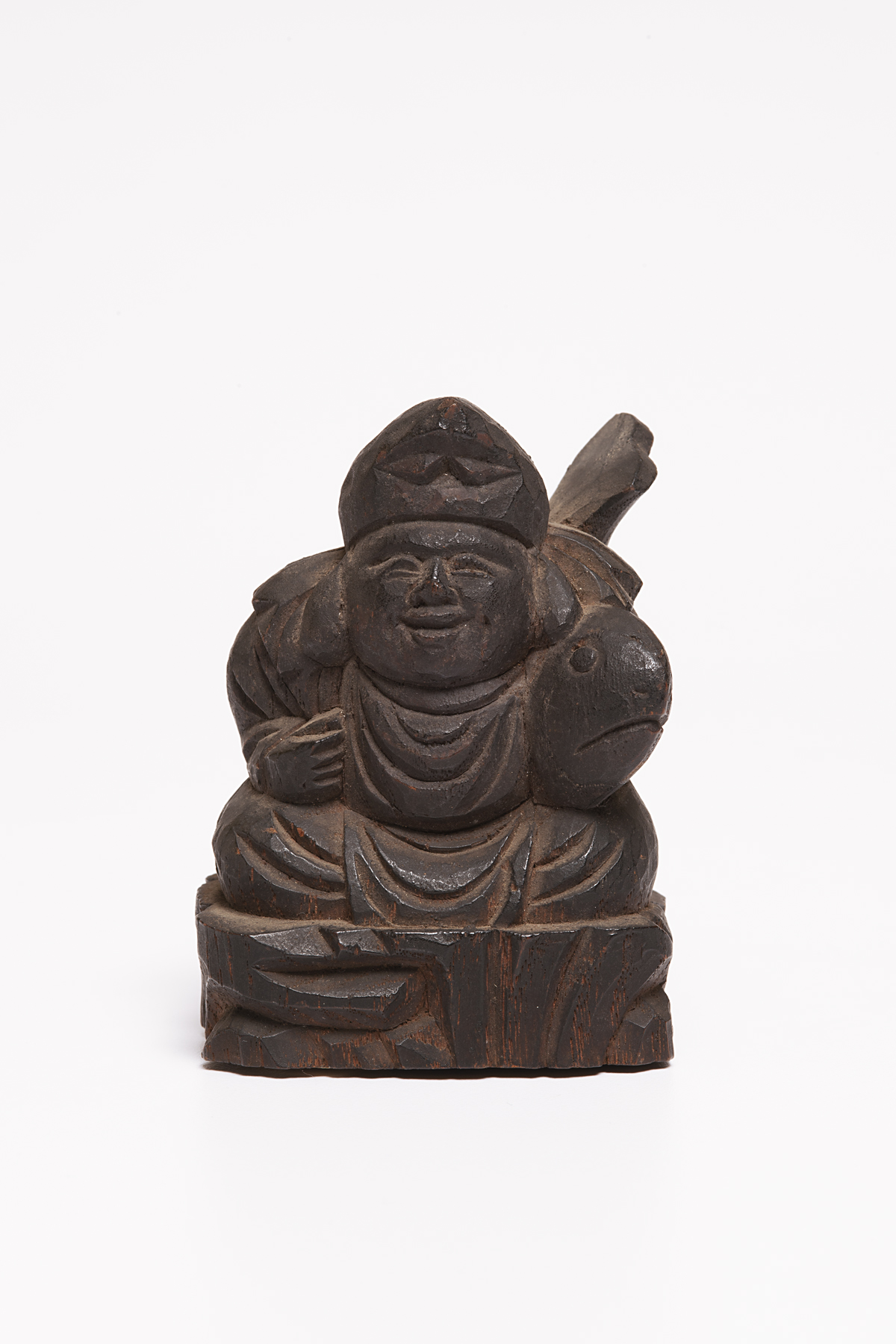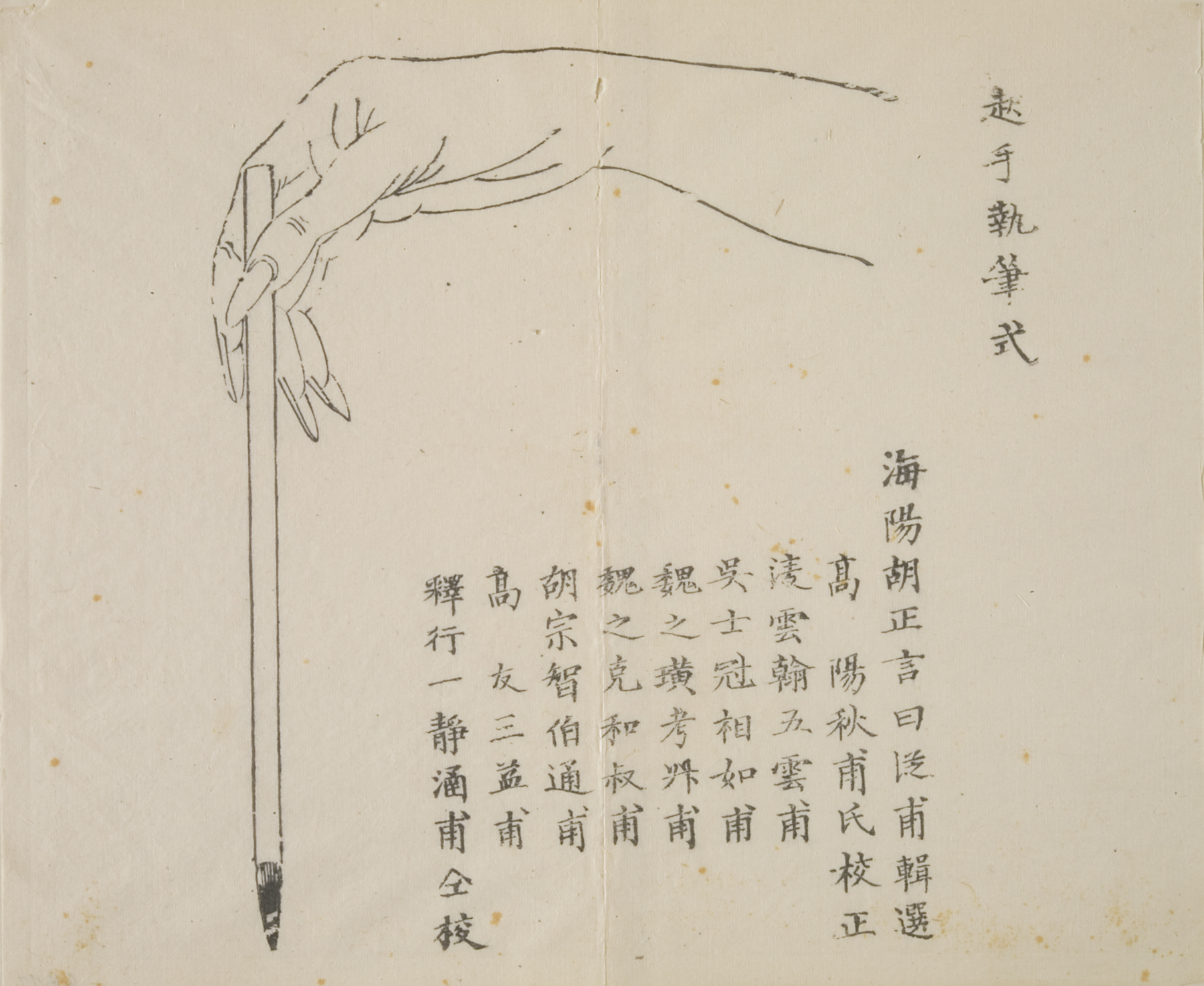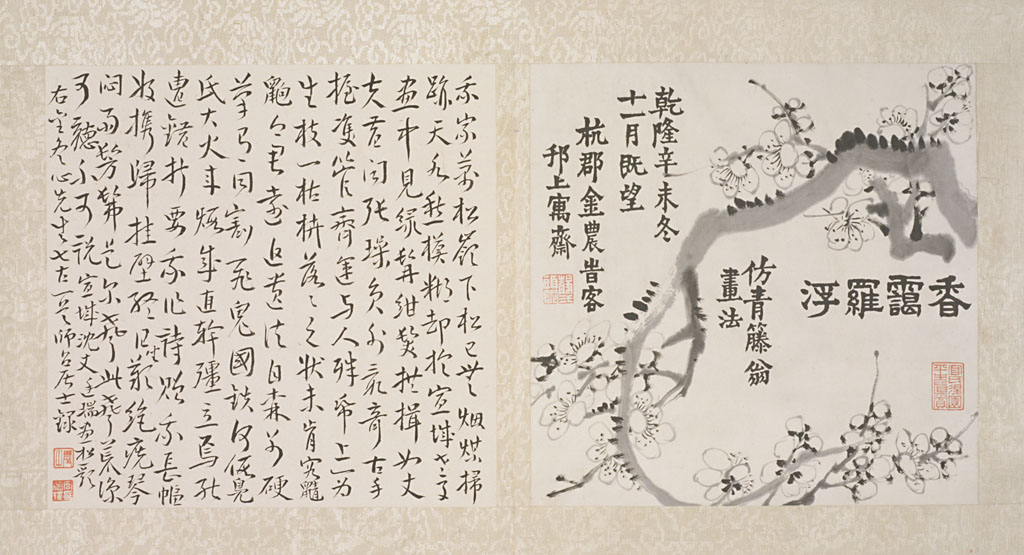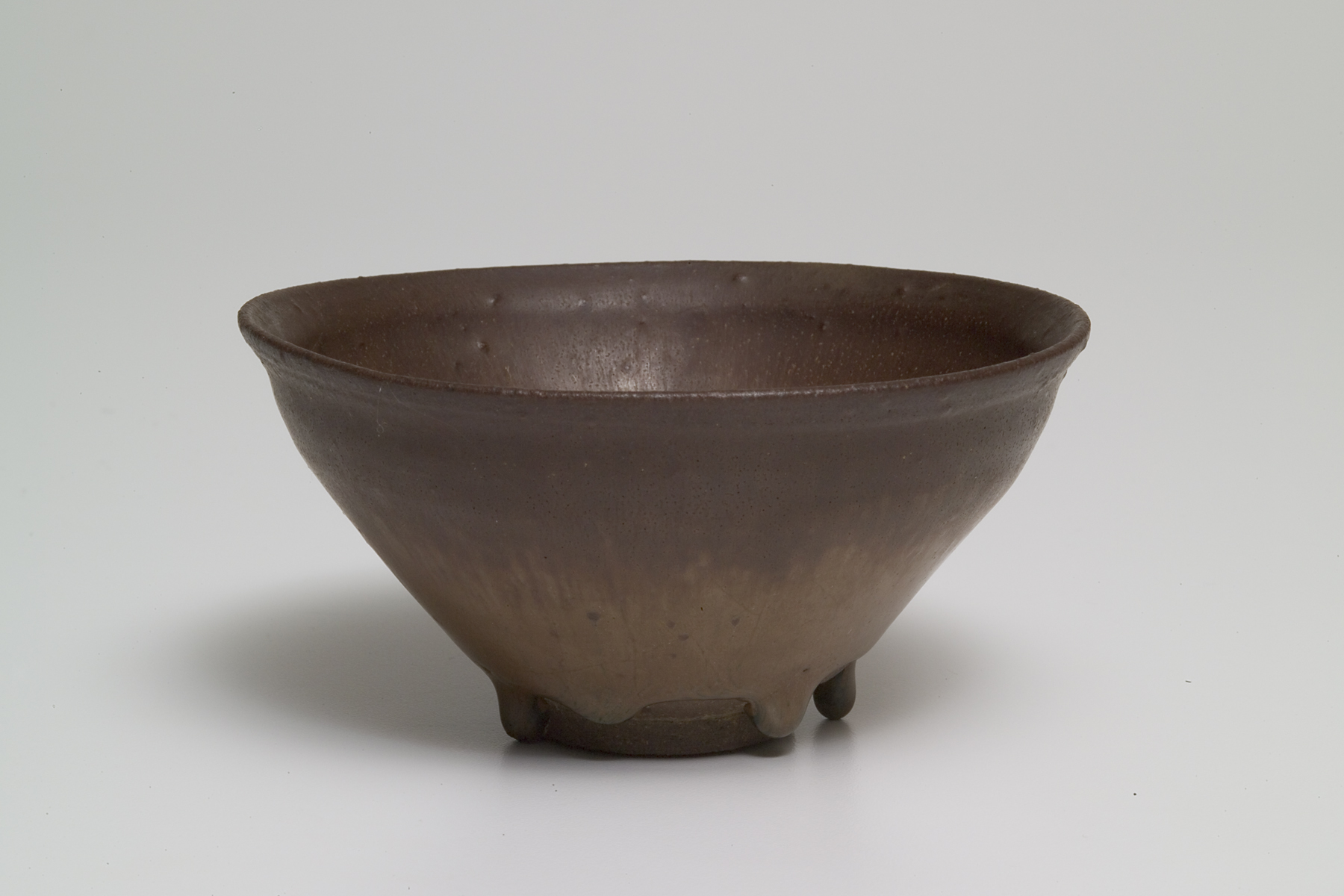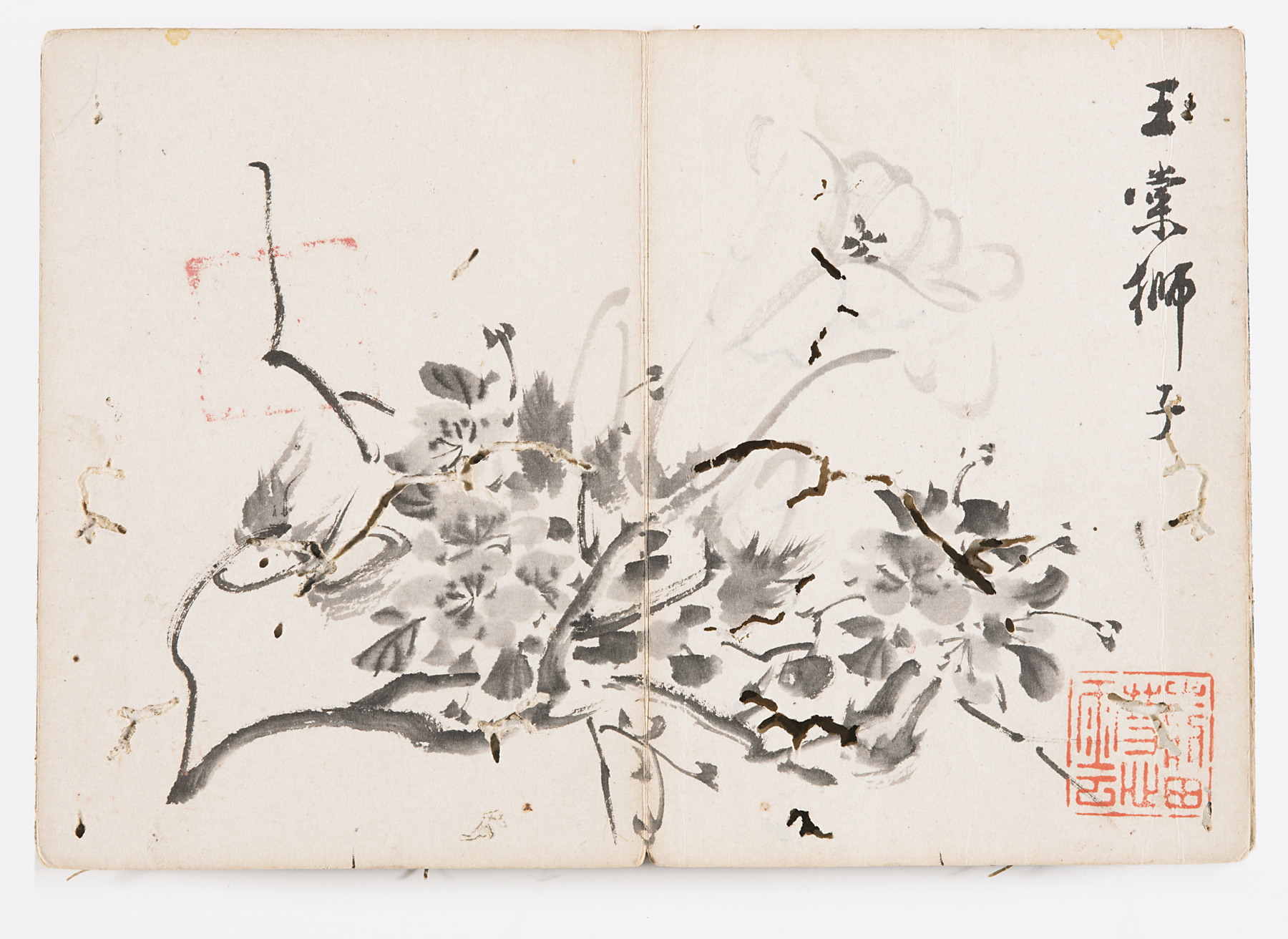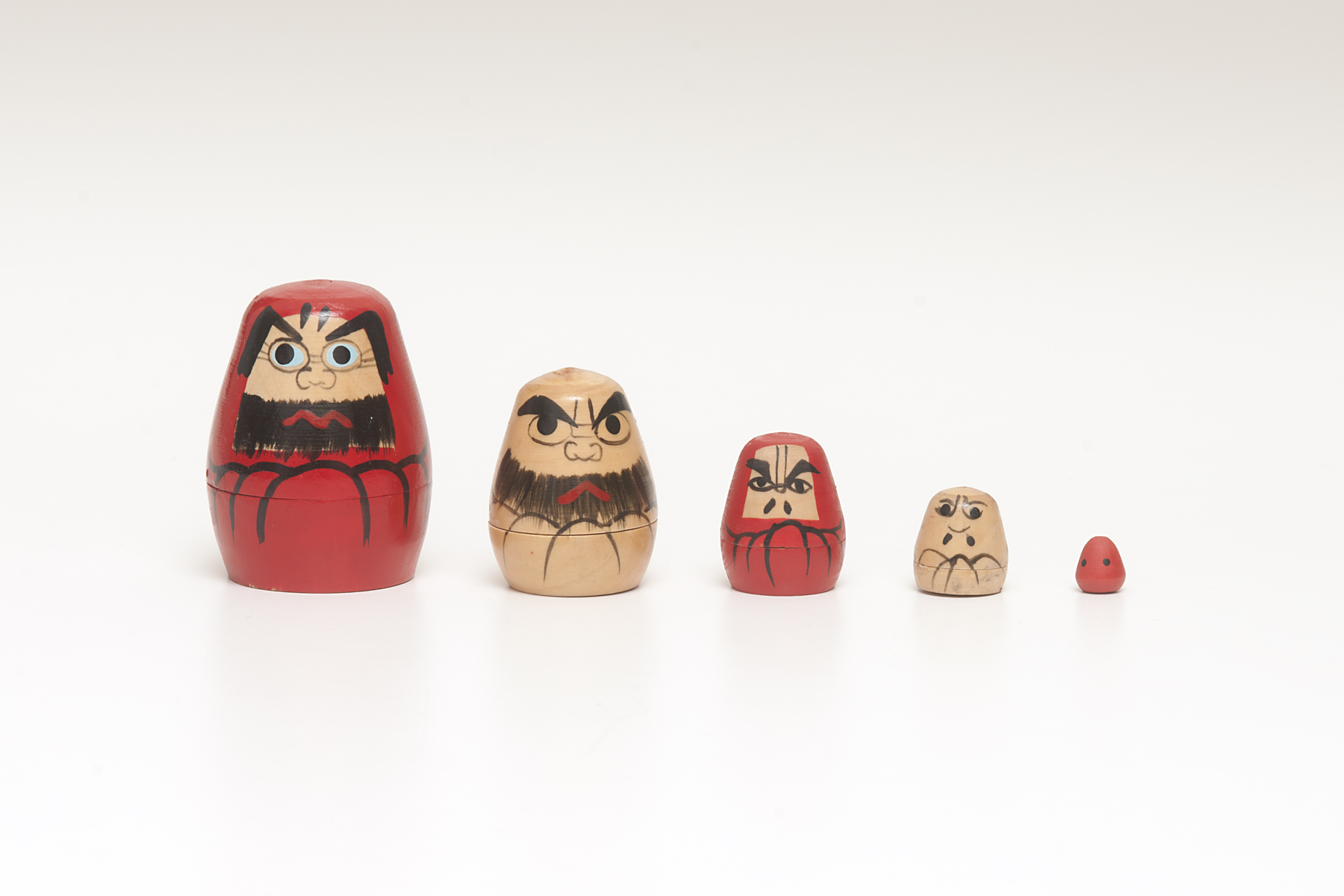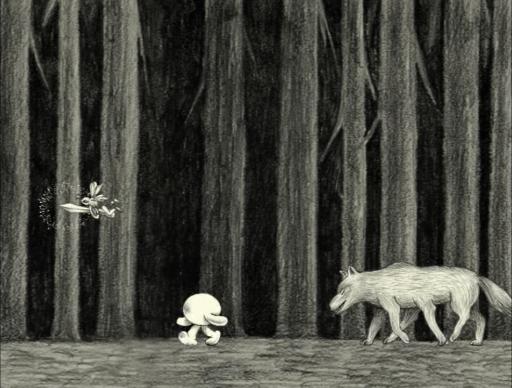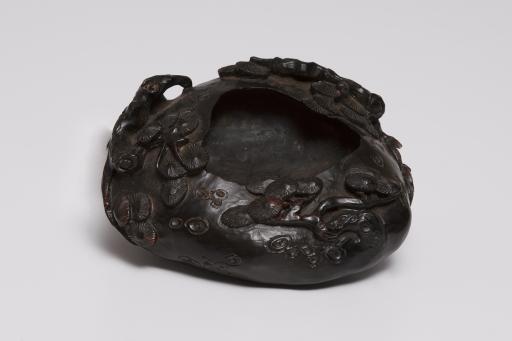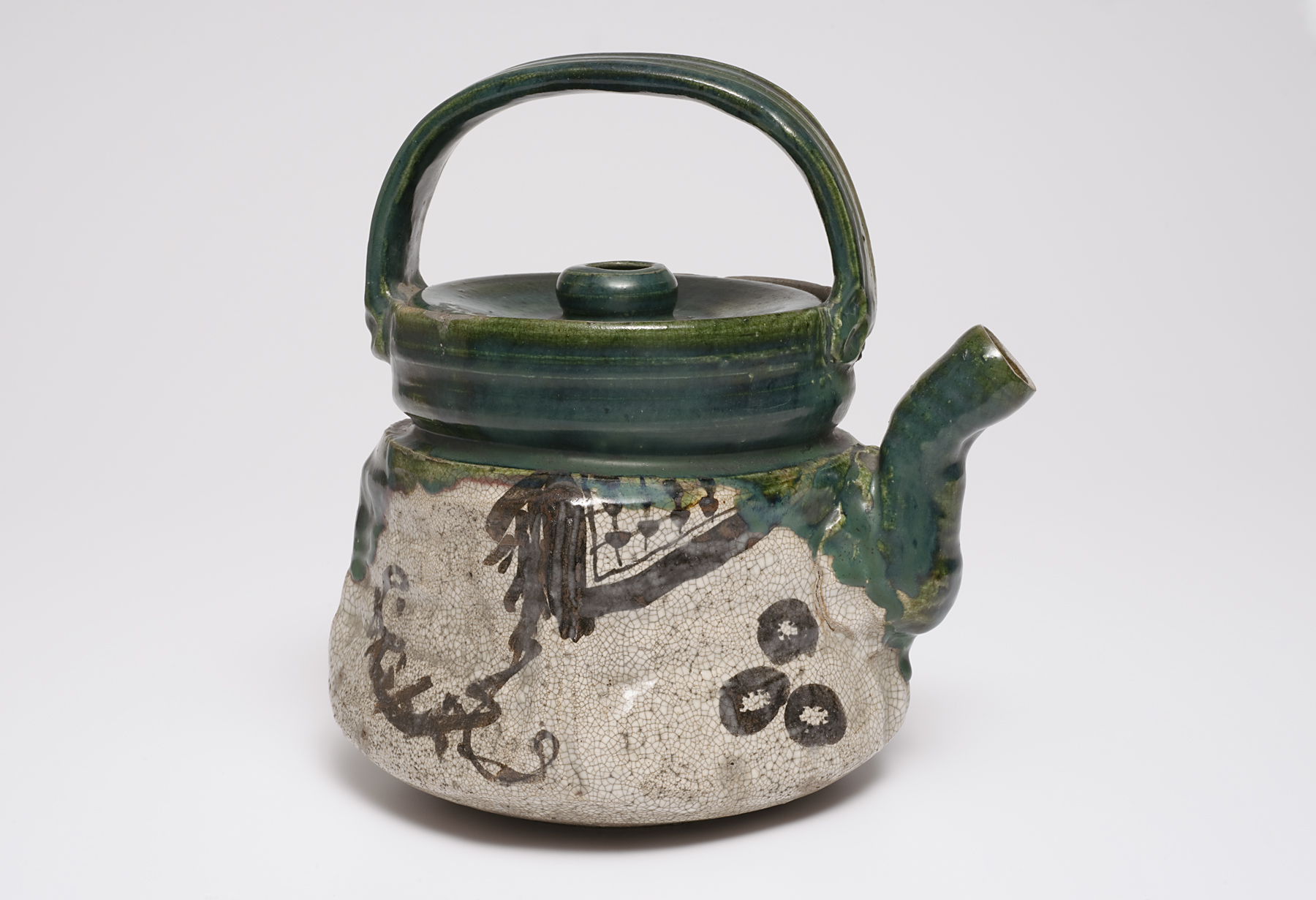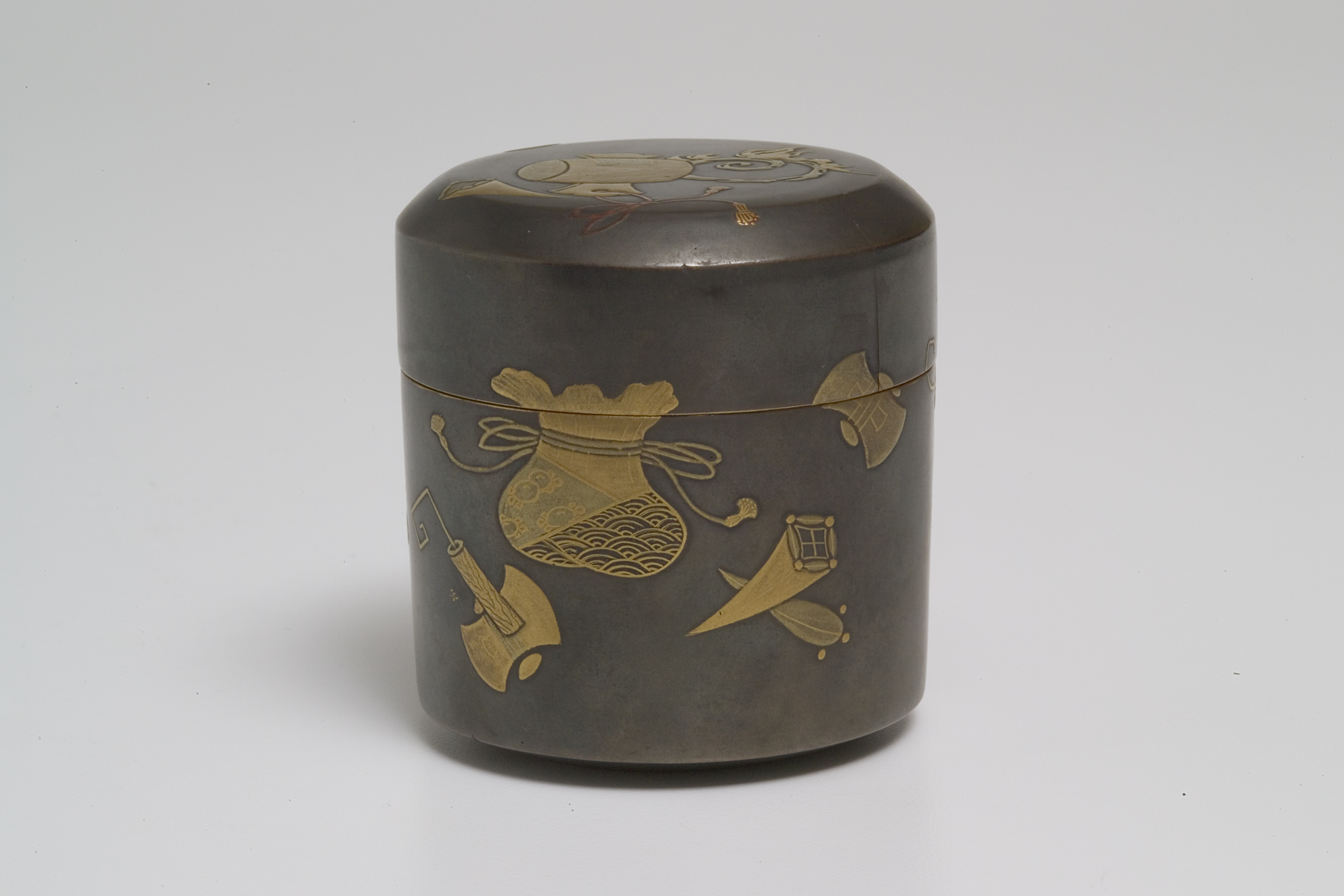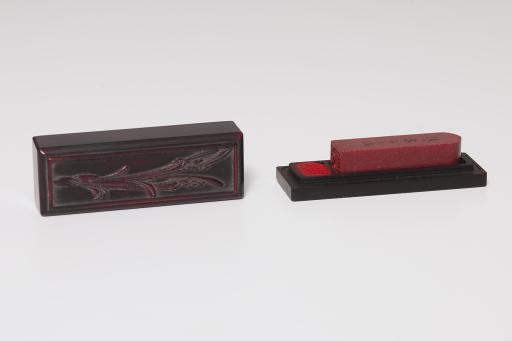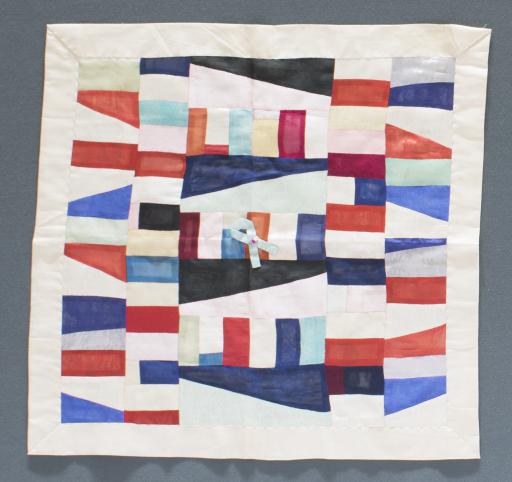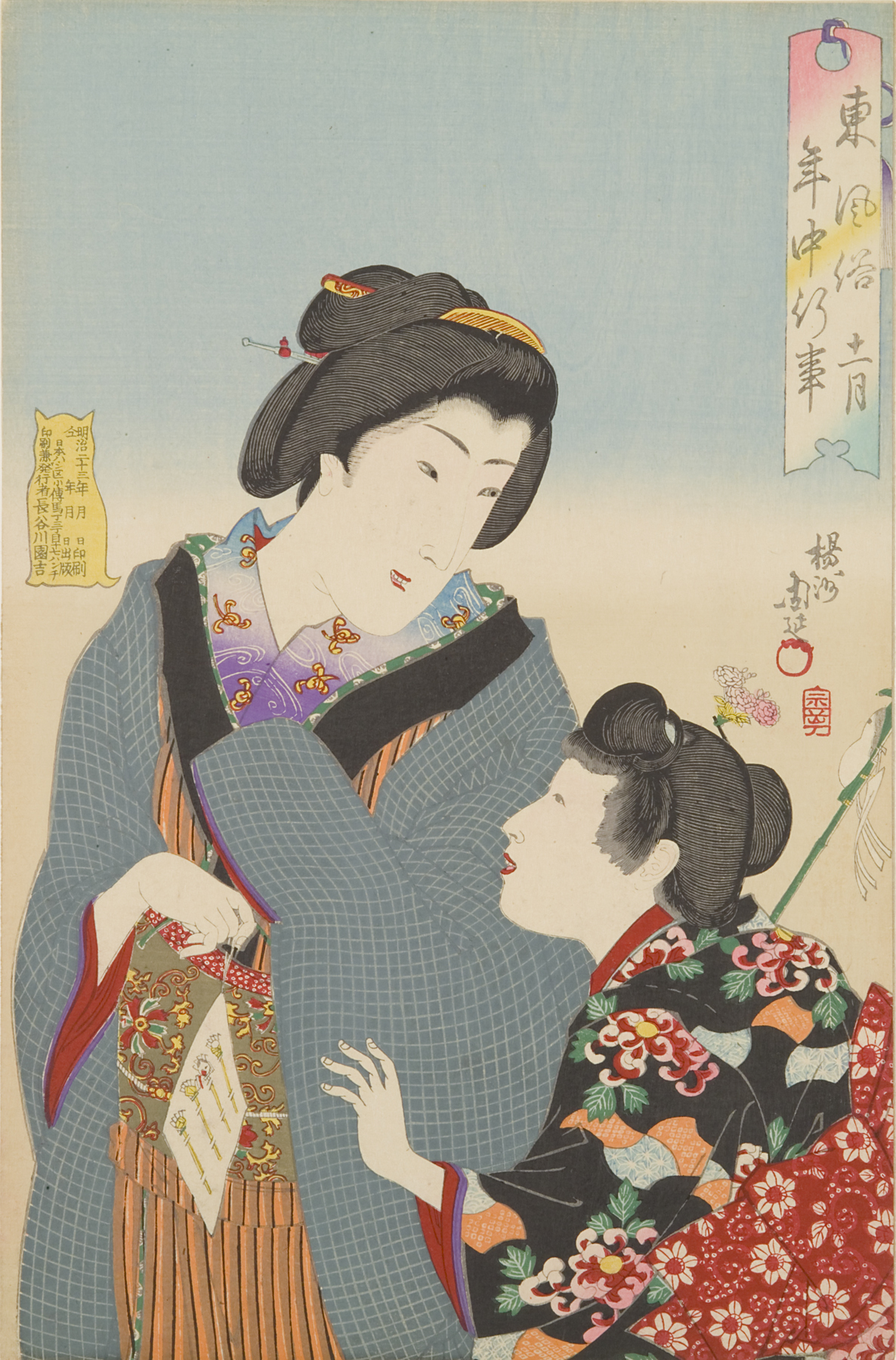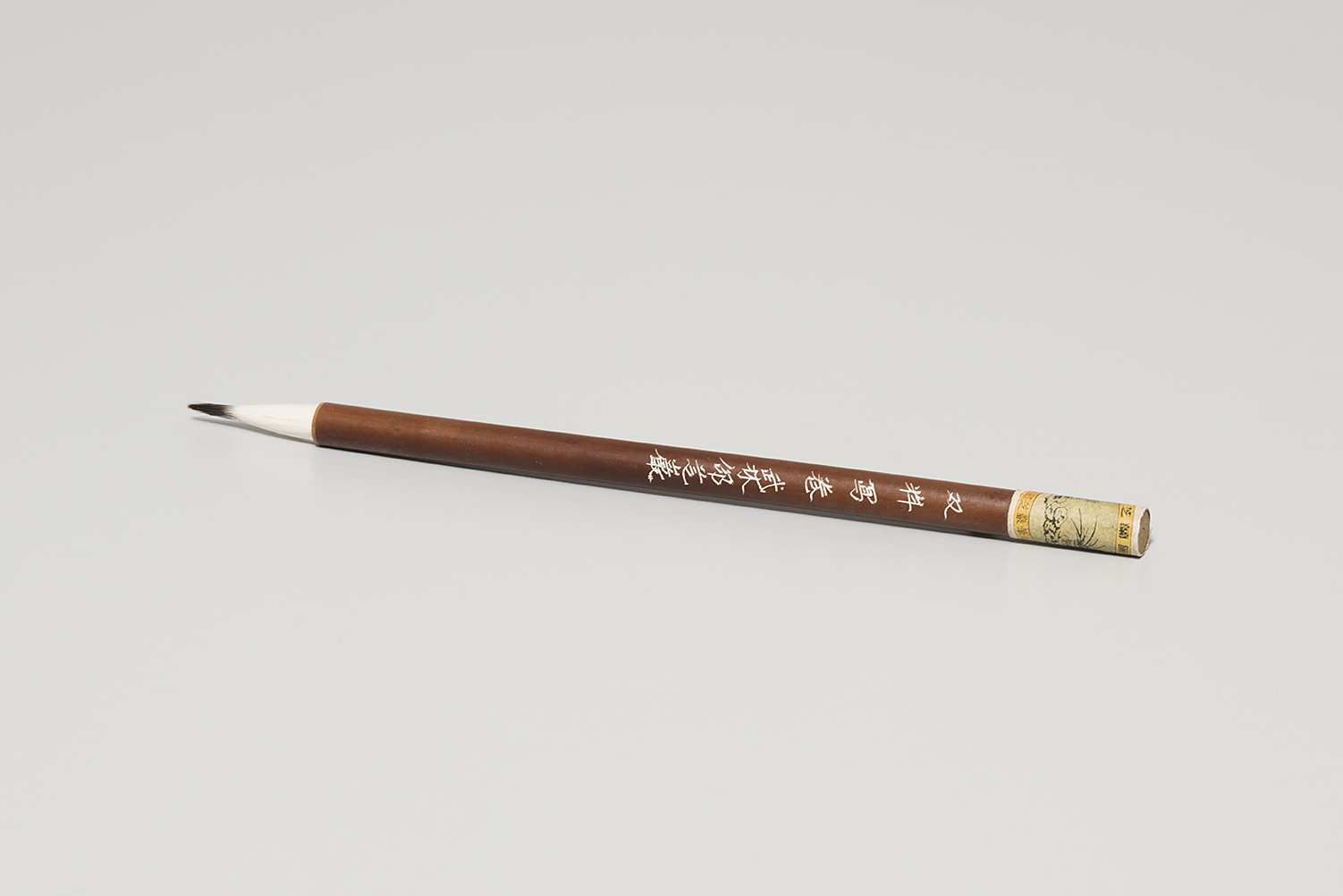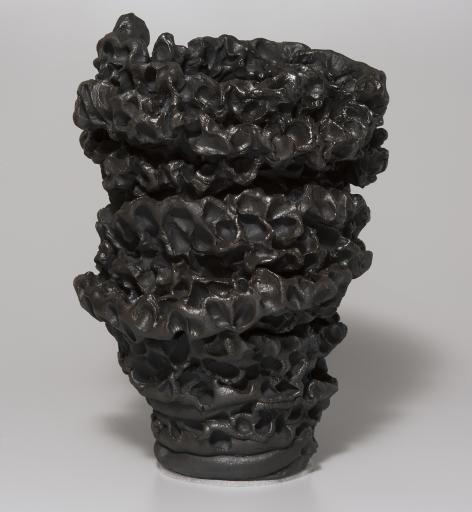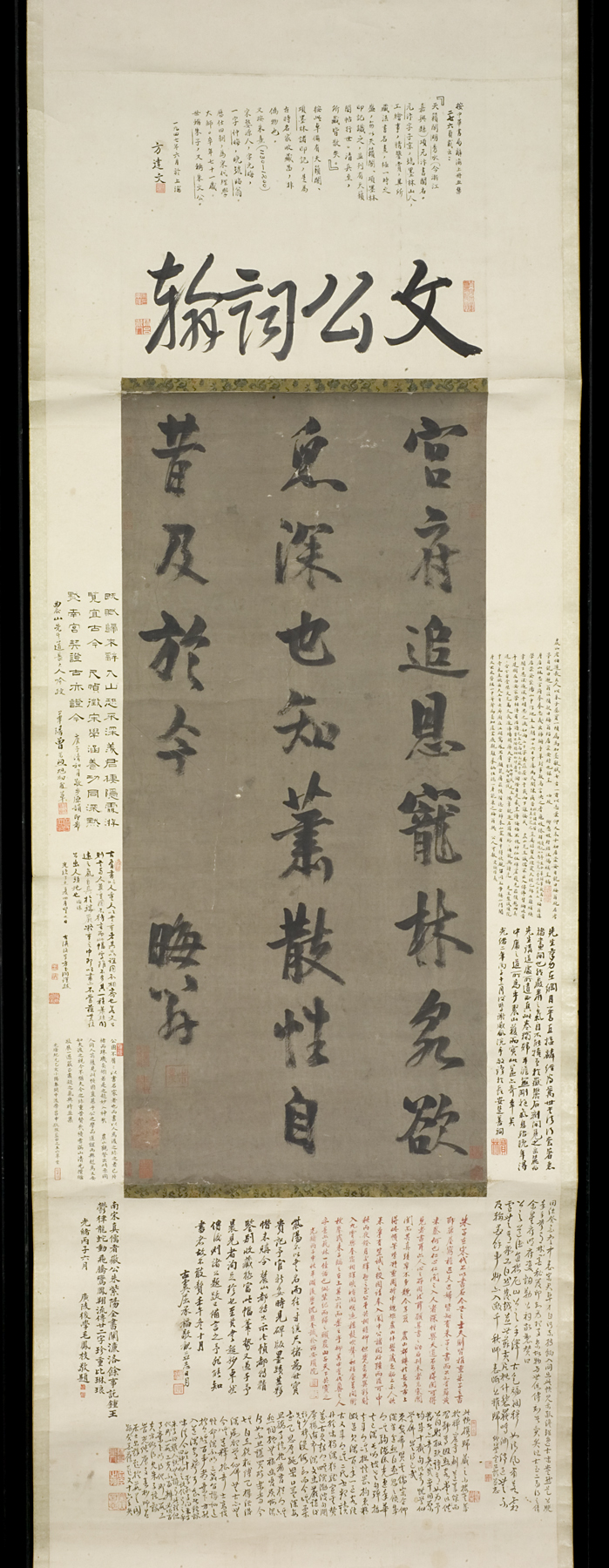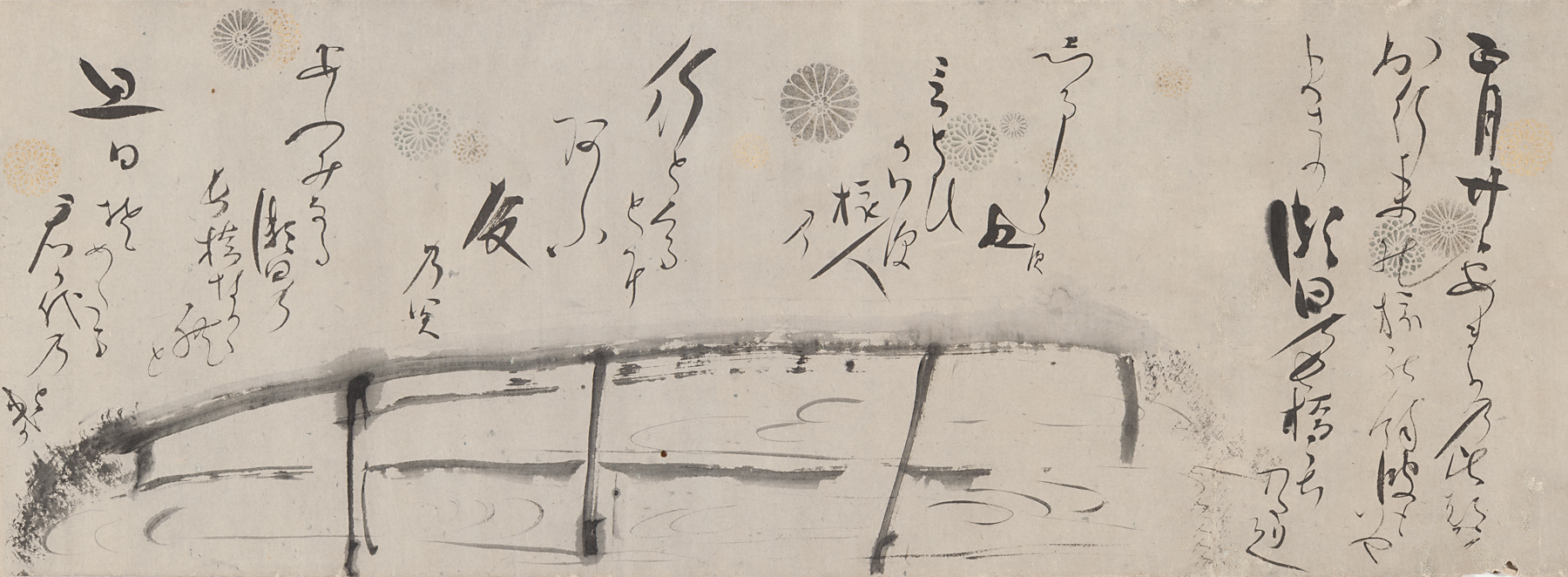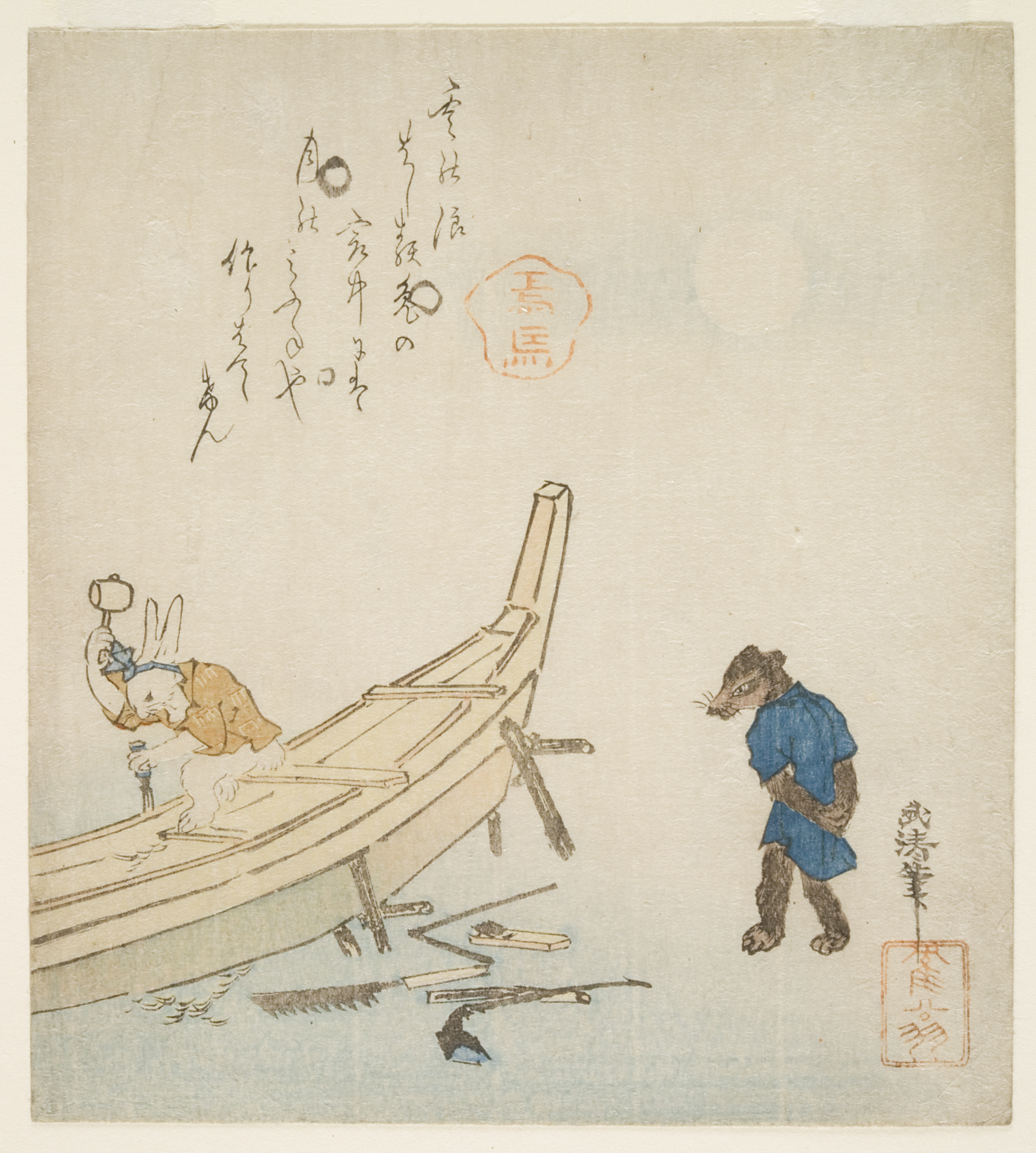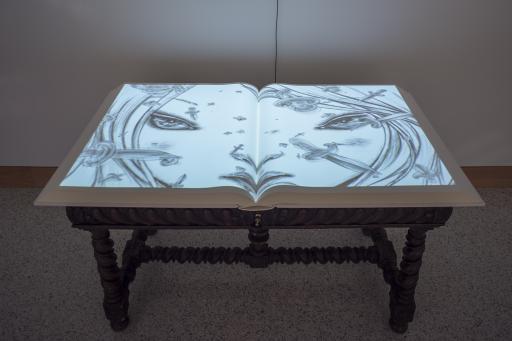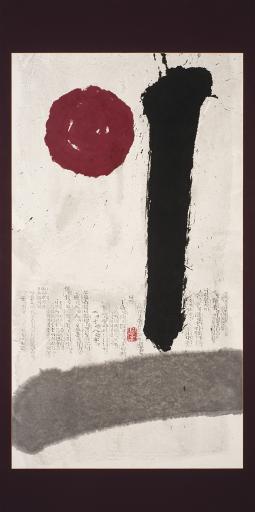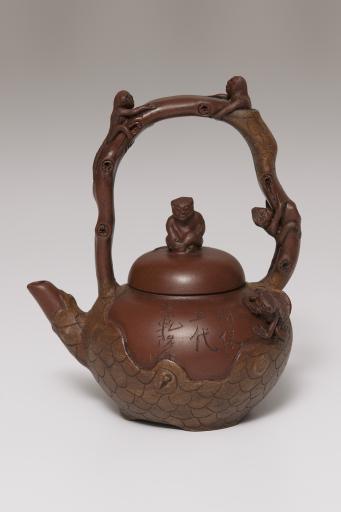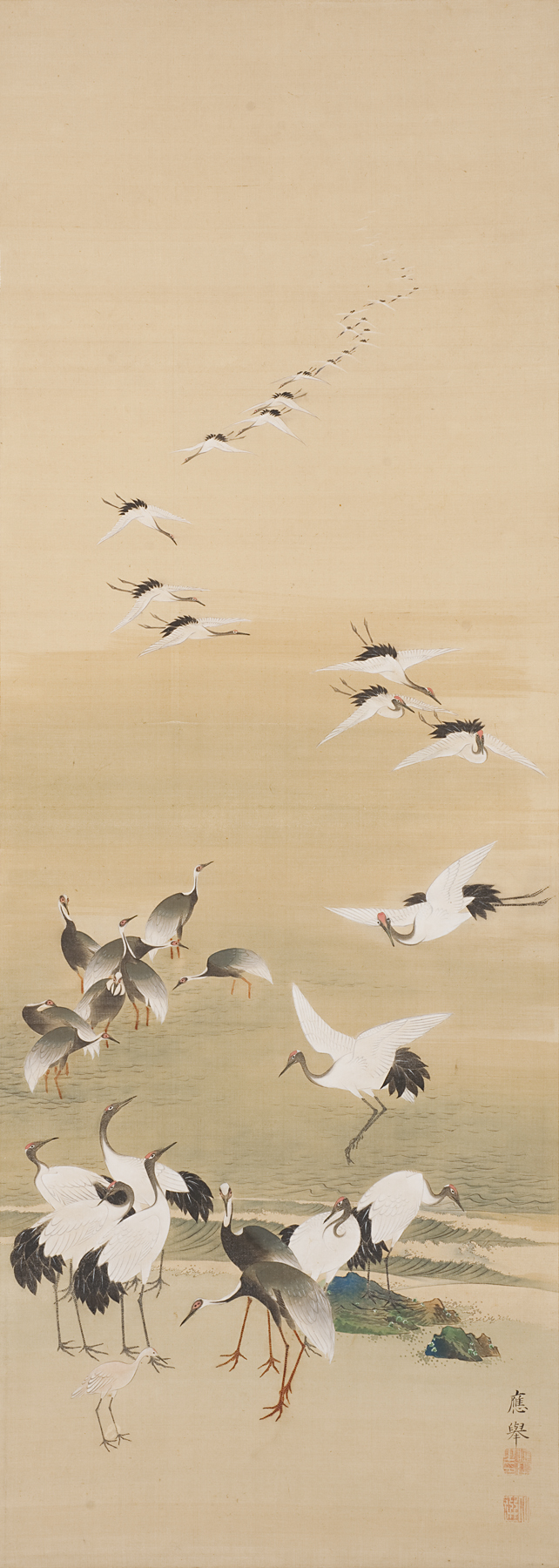Salina Art Center: Shattering the Void: Realms of Meaning in East Asian Art
Exhibition
Exhibition Overview

Salina Art Center: Shattering the Void: Realms of Meaning in East Asian Art
January 15, 2020–March 8, 2020
mobile app exhibition
This exhibition, organized by the Spencer Museum of Art, is currently installed at the Salina Art Center in Salina, Kansas. Shattering the Void moves through representations of everyday life to otherworldly realms from Chinese, Korean, and Japanese art. This exhibition is part of the Spencer Museum’s Freeman Foundation K–12 Educational Outreach Initiative.
Works of art
tassel,
date unknown
陳少梅 Chen Shaomei
Cultivating Longevity in a Mountain Pavilion,
1940, Republic of China (1911–1949)
Yoshida Hiroshi
Misty Day in Nikkō,
1937, Showa period (1926–1989)
ink stone,
late 1800s, Qing dynasty (1644–1911)
Fūgai Ekun
Daruma crossing the river,
late 1500s–early 1600s, Momoyama period (1573–1615) or Edo period (1600–1868)
Gekko
Oiwa (The Lantern Ghost),
early 1800s, Edo period (1600–1868)
“national treasure” (guo bao 國寶) ink cake,
early 1900s, Republic of China (1911–1949)
Maruyama Ōkyo
Longevity,
1782, Edo period (1600–1868)
Shiomi Masanari
inro, netsuke, ojime (fox wedding scene),
early 1700s
Twenty-Four Beauties,
circa 1736–1795, Qing dynasty (1644–1911)
kanzashi hairpin,
date unknown
Cai Xinchun
hair ornament,
late 1800s–early 1900s, Qing dynasty (1644–1911)
tea bowl,
1500s, Joseon dynasty (1392–1910)
Daikoku,
early 1900s, Meiji period (1868–1912)
Ebisu,
early 1900s, Meiji period (1868–1912)
brush rest with deer figurine,
1800s, Qing dynasty (1644–1911)
Jieziyuan Huazhuan,
late 1800s, Qing dynasty (1644–1911)
Qin Yuqi
Album of 12 Plum Blossoms (with facing calligraphy),
1888, Qing dynasty (1644–1911)
tea bowl,
Song dynasty (960–1279)
Qingming Festival on the River,
1600s, Ming dynasty (1368–1644) or Qing dynasty (1644–1911)
Zhang Xiong
One Hundred Flowers Unfolding in Your Palm,
1800s, Qing dynasty (1644–1911)
茶碗 chawan (tea bowl),
1700s, Edo period (1600–1868)
Daruma nesting dolls,
late 1900s
Konoike Tomoko
mimio-Odyssey,
2005
Daruma,
early 1800s, Edo period (1600–1868)
Maruyama Ōkyo
Longevity,
1782, Edo period (1600–1868)
brush washer with plum branches,
early 1900s, Republic of China (1911–1949)
Konoike Tomoko
水注 suichū (ewer),
late 1800s, Meiji period, 1868–1912
water dropper,
1700s–1800s, Joseon dynasty (1392–1910)
dragon vase,
1800s, Joseon dynasty (1392–1910)
棗 natsume (tea caddy),
late 1700s–early 1800s, Edo period (1600–1868)
seal with container and paste,
mid 1900s
bojagi (wrapping cloth),
late 1800s, Joseon dynasty (1392–1910)
Toyohara Chikanobu
jūichigatsu (The Eleventh Month),
1890, Meiji period (1868–1912)
Deme Uman
netsuke (fox mask),
circa 1772–1780, Edo period (1600–1868)
brush,
1900s
迦諾迦伐蹉 Seated Nahan Ganakgabeolcha (Sanskrit: Kanakavatsa),
late 1600s–early 1700s, Joseon dynasty (1392–1910)
Satoru Hoshino
Frozen Cloud II-8,
2004
Watanabe Gentai
武陵桃源 Buryô tôgen (Wuling’s Peach Blossom Spring),
late 1700s–early 1800s, Edo period (1600–1868)
Zhu Xi
Calligraphy with Accompanying Commentaries,
1130–1200, Southern Song dynasty (1127–1279)
Dai Jin
Literary Gathering in the Orchid Pavilion,
1500s–1600s, Ming dynasty (1368–1644) or Qing dynasty (1644–1911)
Karasumaru Mitsuhiro
Tōkōki (Memoir of an Eastern Journey),
late 1500s–early 1600s
Kita Busei; Tatekawa Emba II
badger and rabbit,
1831, Edo period (1600–1868)
月岡芳年 Tsukioka Yoshitoshi
Priest Raigō of Mii Temple Transformed into a Rat,
1891, Meiji period (1868–1912)
月岡芳年 Tsukioka Yoshitoshi
Spirit of General Tamichi as a Great Snake,
1880, Meiji period (1868–1912)
Konoike Tomoko
Jung Do-Jun
Heaven, Earth, Man,
2011
zushi (portable shrine) containing Aizen Myōō,
Meiji period (1868–1912)
Utagawa Yoshikazu
Minamoto no yoshitsune taira no tomomori no rei ni au zu (Meeting of Minamoto no Yoshitsune and the ghost of Taira no Tomomori),
circa 1851–1853, Edo period (1600–1868)
Utagawa Kuniyoshi; Iba-ya Sensaburo
Nissaka (The Nightly Weeping Rock),
circa 1845–1846, Edo period (1600–1868)
Shunbaisai Hokuei
Kohada Kohaiji Mitate Nyōbō Asaka Iwai Shijaku II (Ghost of Kobata Kohaiji),
circa 1831, Edo period (1600–1868)
Utagawa Yoshitaki
Actor Nakamura Shojura as Mitsukuni,
circa 1880s, Meiji period (1868–1912)
teapot with monkeys,
late 1900s
White Rat and Daikon,
1800s, Edo period (1600–1868) or Meiji period (1868–1912)
Maruyama Ōkyo
Longevity,
1782, Edo period (1600–1868)
kushi (comb) with butterflies,
Edo period (1600–1868)
inro, netsuke, ojime,
date unknown


